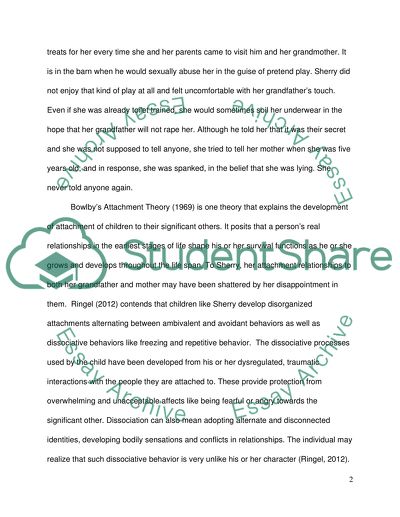Cite this document
(“Intervention plan Essay Example | Topics and Well Written Essays - 1500 words”, n.d.)
Intervention plan Essay Example | Topics and Well Written Essays - 1500 words. Retrieved from https://studentshare.org/human-resources/1668540-intervention-plan
Intervention plan Essay Example | Topics and Well Written Essays - 1500 words. Retrieved from https://studentshare.org/human-resources/1668540-intervention-plan
(Intervention Plan Essay Example | Topics and Well Written Essays - 1500 Words)
Intervention Plan Essay Example | Topics and Well Written Essays - 1500 Words. https://studentshare.org/human-resources/1668540-intervention-plan.
Intervention Plan Essay Example | Topics and Well Written Essays - 1500 Words. https://studentshare.org/human-resources/1668540-intervention-plan.
“Intervention Plan Essay Example | Topics and Well Written Essays - 1500 Words”, n.d. https://studentshare.org/human-resources/1668540-intervention-plan.


